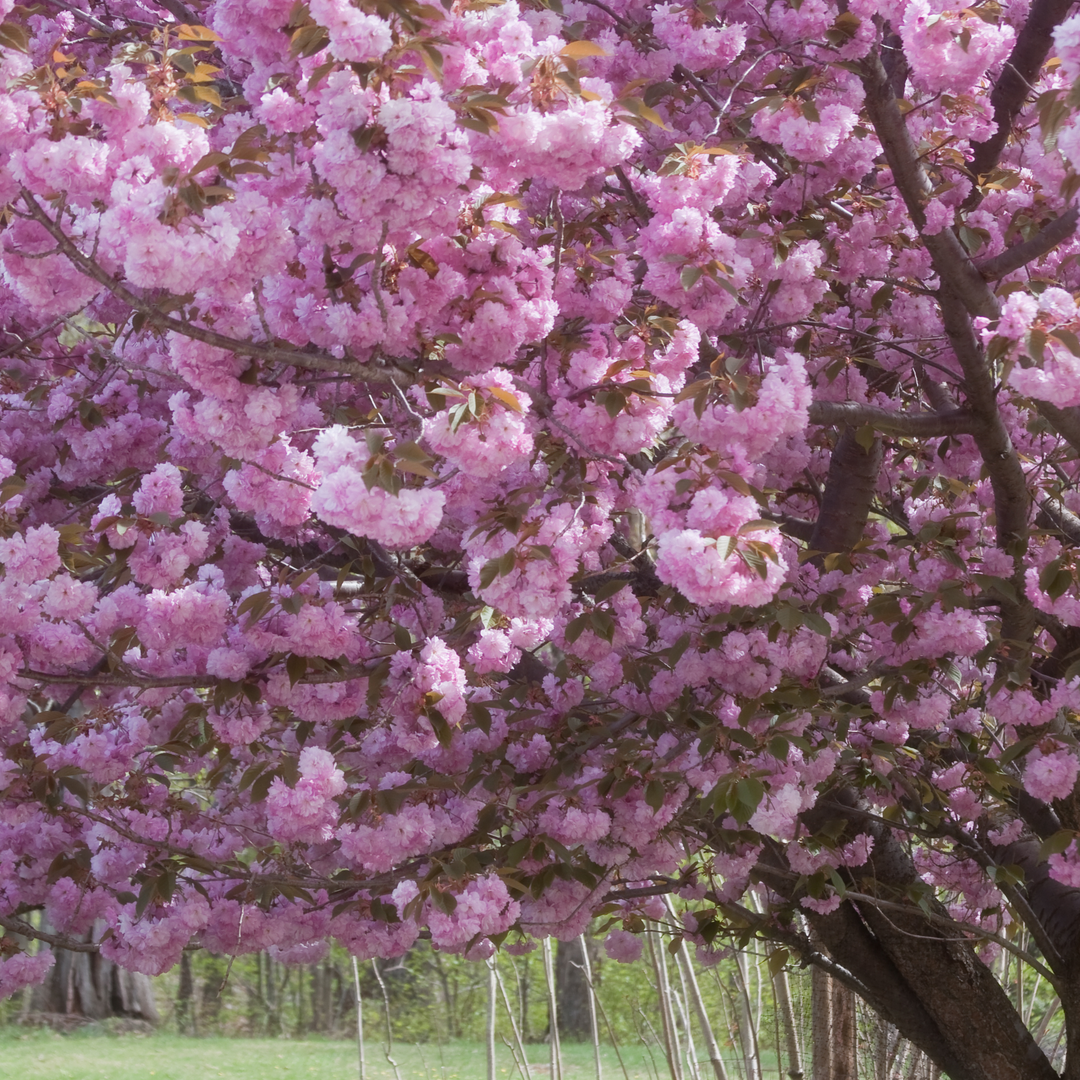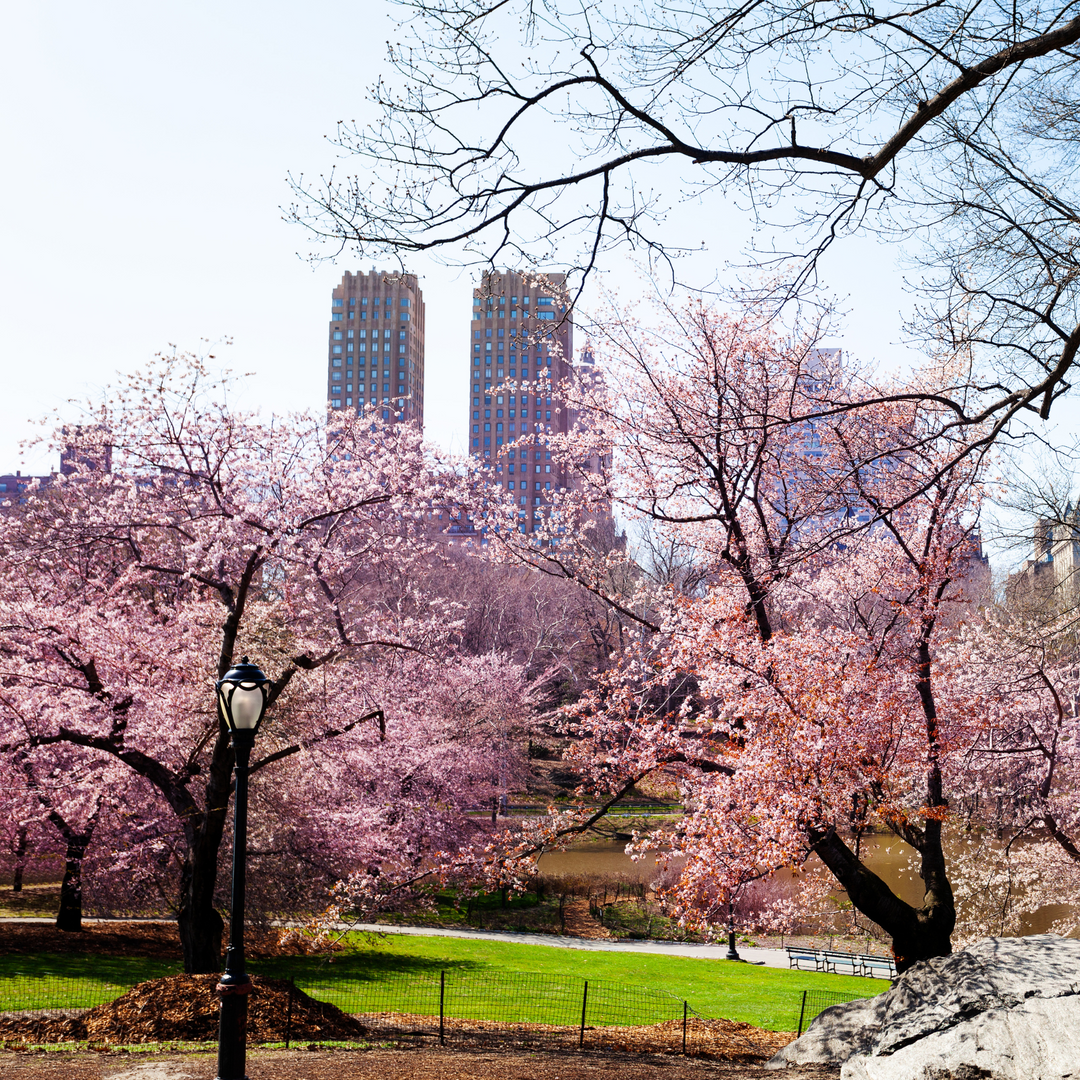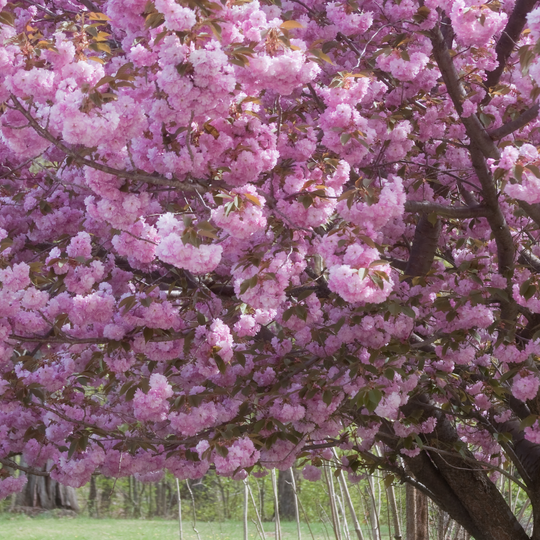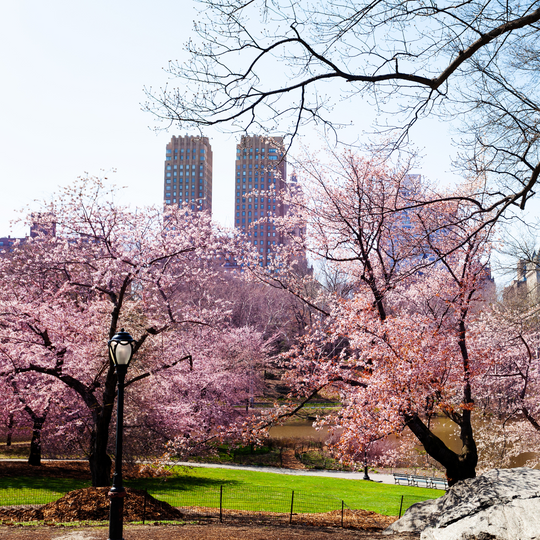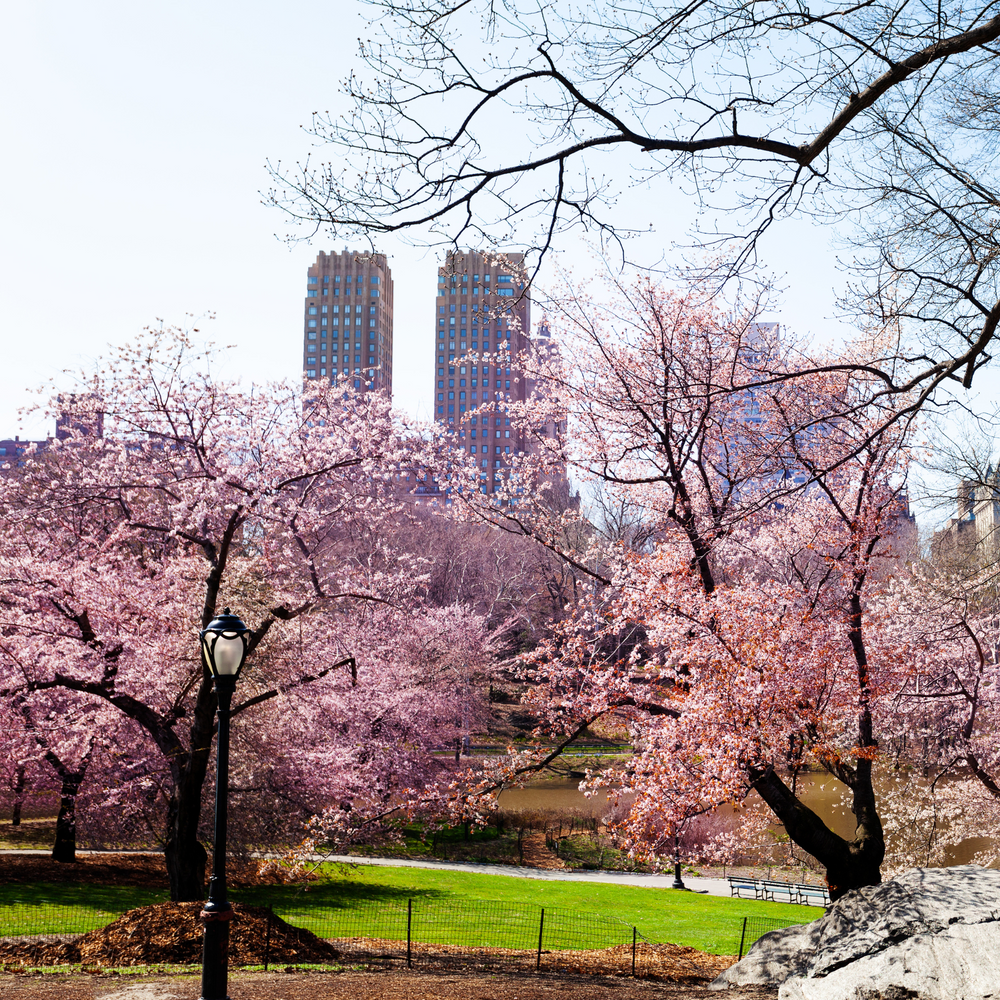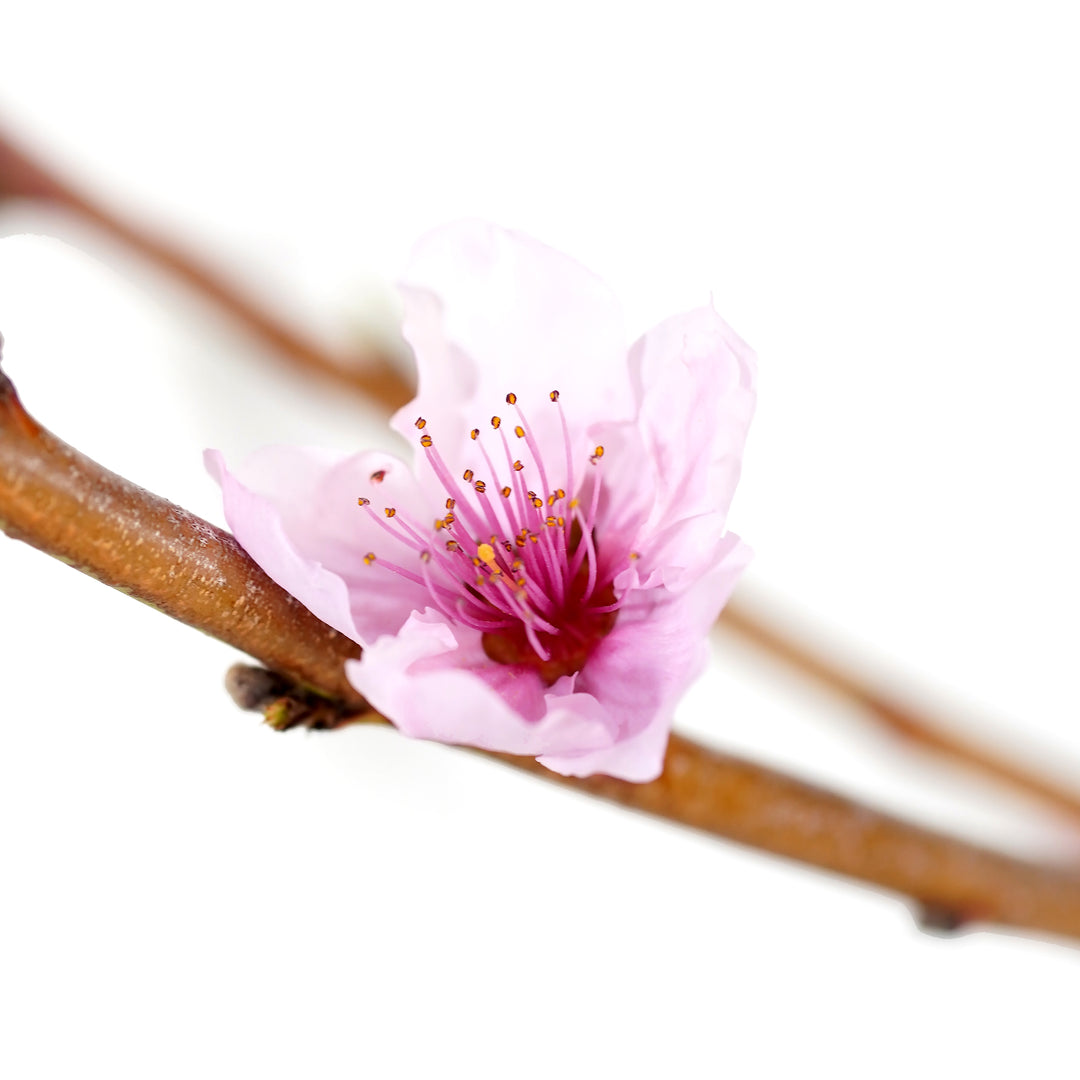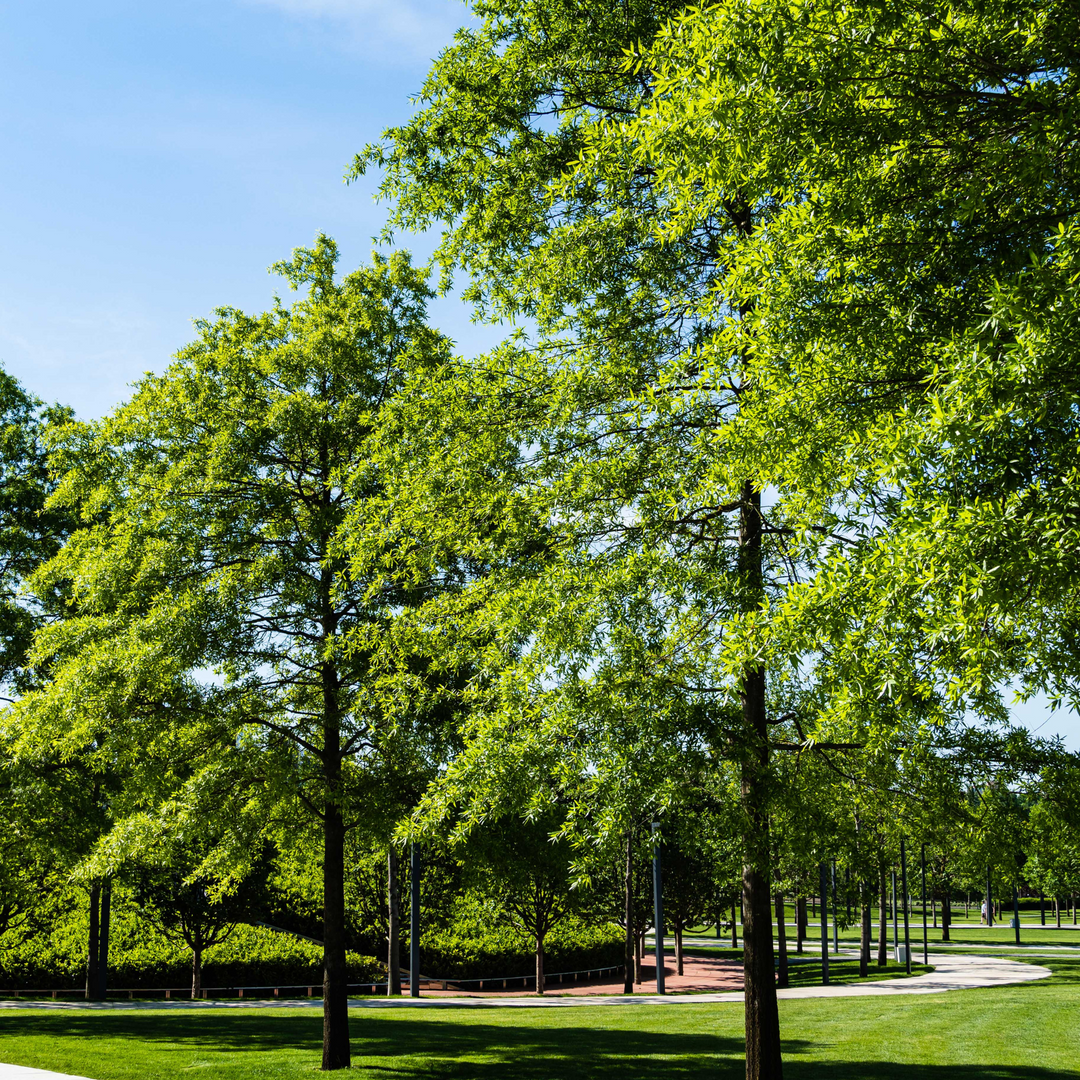Cherry, Flowering, Kwanzan
- In stock, ready to ship
- Backordered, shipping soon
Tree Care:
Planting:
- Choose a sunny, well-drained site.
- Plant in early spring or late fall, ensuring a hole twice the size of the root ball.
- Water thoroughly after planting.
Watering:
- Maintain consistent soil moisture during the growing season.
- Avoid overwatering and use a drip irrigation system or soaker hose directed at the base.
- Apply mulch to retain moisture.
Fertilizing:
- Apply a balanced, slow-release fertilizer in early spring.
- Avoid excessive fertilization.
Pruning:
- Prune in late winter while dormant for shaping and removing dead or diseased branches.
- Deadhead spent flowers after blooming.
Mulching:
- Apply organic mulch around the base to conserve moisture, regulate soil temperature, and control weeds.
- Keep a mulch-free zone near the trunk.
Pest and Disease Control:
- Regularly inspect for pests and diseases.
- Use appropriate controls as needed.
- Maintain garden cleanliness to reduce potential sources of pests and diseases.
Winter Care:
- Protect the trunk from winter damage with burlap or tree wrap.
- Prune in late winter to remove winter-damaged branches.
Tree Description:
Size and Shape:
- Kwanzan Cherry trees reach heights of 15-25 feet with a wide-spreading, umbrella-shaped canopy.
Leaves:
- Green leaves, serrated along the edges, turn bronze or coppery in the fall.
Flowers:
- Spring brings double, deep pink to pinkish-red 2-inch blossoms, creating a vibrant display.
Fruit:
- Small dark red to black cherries are produced but are not typically grown for consumption.
Hardiness:
- Kwanzan Cherry trees thrive in USDA zones 5 to 9.
Cultural Care:
- Well-draining soil and full sun are preferred.
- Keep soil consistently moist, prune in late winter, and apply slow-release fertilizer in spring.
- Mulch helps with moisture retention and weed control.
- Monitor for pests and diseases.
Landscape Use:
- These trees are popular for their spring beauty and work well as focal points in gardens and along streets or pathways.
Use collapsible tabs for more detailed information that will help customers make a purchasing decision.
Ex: Shipping and return policies, size guides, and other common questions.




